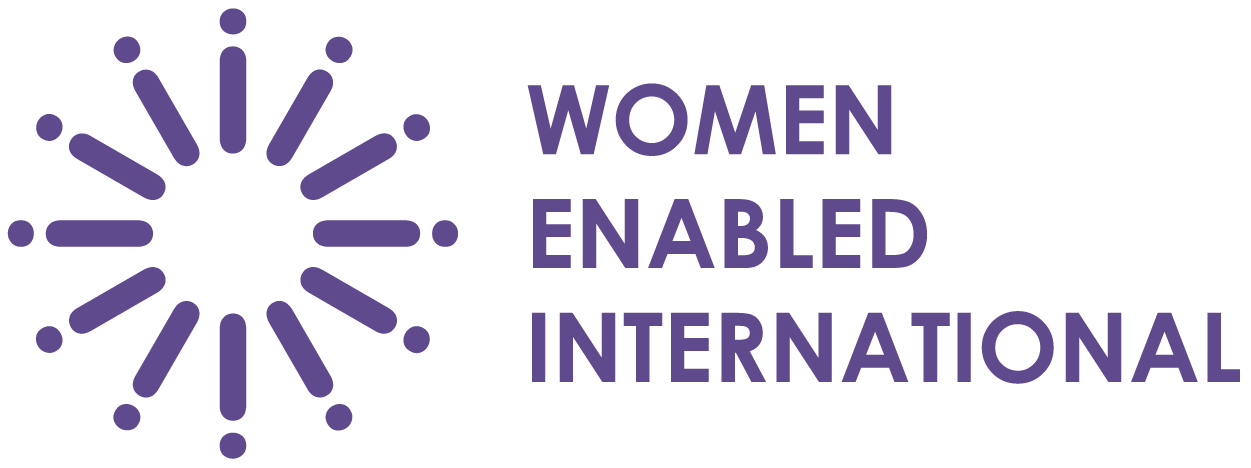In my work as an advocate for greater awareness of the global burden of diarrheal disease and the tools that can help solve it, I’m struck by how illness is so often a proxy for inequitable access to basic needs. There’s even a term for it: “diseases of poverty.” Diarrhea is rarely a killer in places like the United States, but is the second leading infectious killer of children in places where access to healthcare and clean water and sanitation are poor. Access to the most basic tools is the deciding factor between living and dying.
As usual, women bear the brunt of this crisis and on multiple fronts, particularly when it comes to the consequences of unsafe drinking water and sanitation. Women spend many hours a day collecting water for their families that may not even be safe to drink, and a lack of toilets exposes them to the danger of sexual assault when they seek privacy under the cover of darkness. The long-term effects of repeated enteric infections – malnutrition and stunting – follow girls throughout their lives as they become malnourished mothers that give birth to underweight babies. The cycle is multigenerational.
“As usual, women bear the brunt of this crisis and on multiple fronts, particularly when it comes to the consequences of unsafe drinking water and sanitation.”
It stands to reason that women and girls with disabilities fare even worse. Unless their voices are heard, toilets that do come to the community will lack the necessary accommodations to improve their quality of life, and we will fall short of the equitable access aspirations set by the Sustainable Development Goals and the Declaration on Universal Health Coverage.
Encouragingly, the rights of people with disabilities are gaining momentum. The theme of last year’s World Water Week was “leaving no one behind.” Many sessions reinforced the importance of designing sanitation programs with populations facing increased barriers in mind, as this is much more economical and streamlined than retrofitting facilities after they’ve been built. WaterAid has several great examples of how they have woven inclusive approaches into their programs. They start with a local landscaping of the opportunities and challenges of people with disabilities, tailoring solutions to a community’s needs.
Advocacy at all levels has made these conversations possible. Visibility has real-world implications; those who are invisible are less likely to be included in data that guide policy decisions and program implementation, and this is what makes the work of WEI so essential. Only where women and girls with disabilities are seen can we bridge the gap of access to the most basic of human needs, and the most basic of human rights. ♦
About the author Hope Randall is a Digital Communications Officer at PATH, a global team of innovators working to eliminate health inequities so people, communities, and economies can thrive. Learn about PATH’s Defeat Diarrheal Disease Initiative at www.DefeatDD.org.
